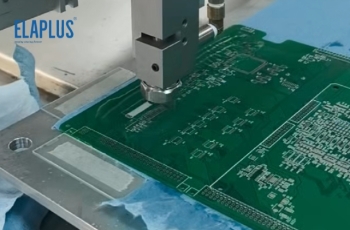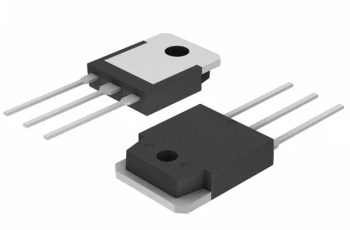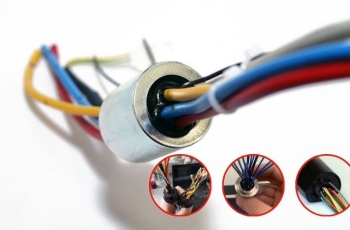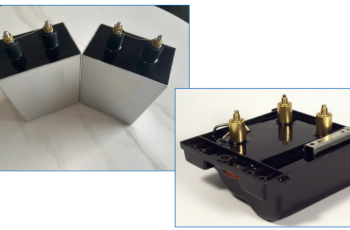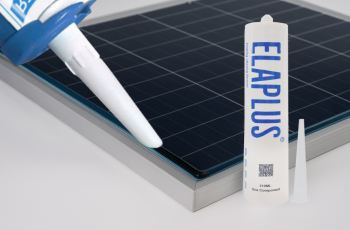Conformal coating case for circuit boards in the textile industry: Application of COATING 9067 high transparency organic silicon coating adhesive
In modern textile equipment, automation and intelligent control have become core trends. Whether it is a textile host, servo control unit, or sensing detection module, their circuit boards must operate stably for a long time in complex environments such as high temperature, high humidity, dust, and chemical media. This poses extremely high requirements for electronic protective materials: they not only need to be moisture-proof and corrosion-resistant, but also have multiple properties such as insulation, flame retardancy, high and low temperature resistance, and thermal conductivity and heat dissipation. 1、 Project BackgroundThe textile workshop environment is characterized by high temperature, high humidity, oil content, and dust content. The equipment will be subject to:Thermal expansion and contraction caused by high temperature and temperature difference cycles;Pollution from grease, hydraulic oil, and kerosene mist;Corrosion caused by acid-base salt spray and metal dust in the air.Traditional coatings are prone to cracking, delamination, yellowing, or electrical performance degradation in this environment, which cannot guarantee long-term stable operation. The customer has therefore raised higher requirements – the surface of the circuit board needs to be coated with a 3mm thick transparent three proof adhesive to achieve comprehensive protection.2、 Customer needs and challengesThe customer has the following core requirements for material performance:Can be used in conjunction with spraying equipment to achieve stable construction.High insulation and UL94V-0 flame retardant rating;Fully transparent, environmentally friendly and odorless;Moisture proof, waterproof, dustproof;Acid, alkali, salt spray, and grease corrosion;Resistant to high and low temperatures (-30 ℃~180 ℃);Good thermal conductivity and resistance to thermal expansion and contraction;3、 Recommended solution: COATING 9067 Organic Silicon Three proof Coating AdhesiveYilian recommended Elaplus COATING 9067 silicone coating adhesive to customers.This is a low viscosity, transparent three proof material designed specifically for electronic circuit protection, with excellent adhesion and weather resistance, suitable for various processes such as spraying, brushing, dipping, etc.Core…
More